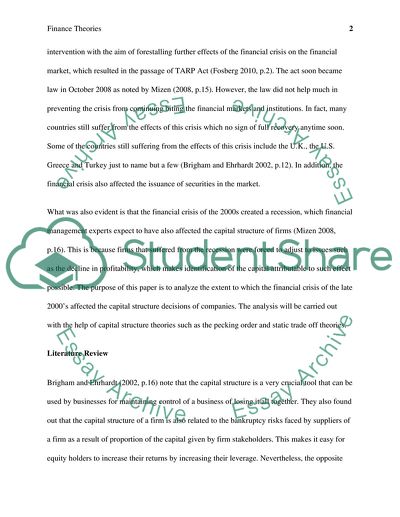Cite this document
(“Finance Theories Essay Example | Topics and Well Written Essays - 3000 words”, n.d.)
Finance Theories Essay Example | Topics and Well Written Essays - 3000 words. Retrieved from https://studentshare.org/finance-accounting/1618013-finance-theories
Finance Theories Essay Example | Topics and Well Written Essays - 3000 words. Retrieved from https://studentshare.org/finance-accounting/1618013-finance-theories
(Finance Theories Essay Example | Topics and Well Written Essays - 3000 Words)
Finance Theories Essay Example | Topics and Well Written Essays - 3000 Words. https://studentshare.org/finance-accounting/1618013-finance-theories.
Finance Theories Essay Example | Topics and Well Written Essays - 3000 Words. https://studentshare.org/finance-accounting/1618013-finance-theories.
“Finance Theories Essay Example | Topics and Well Written Essays - 3000 Words”, n.d. https://studentshare.org/finance-accounting/1618013-finance-theories.


